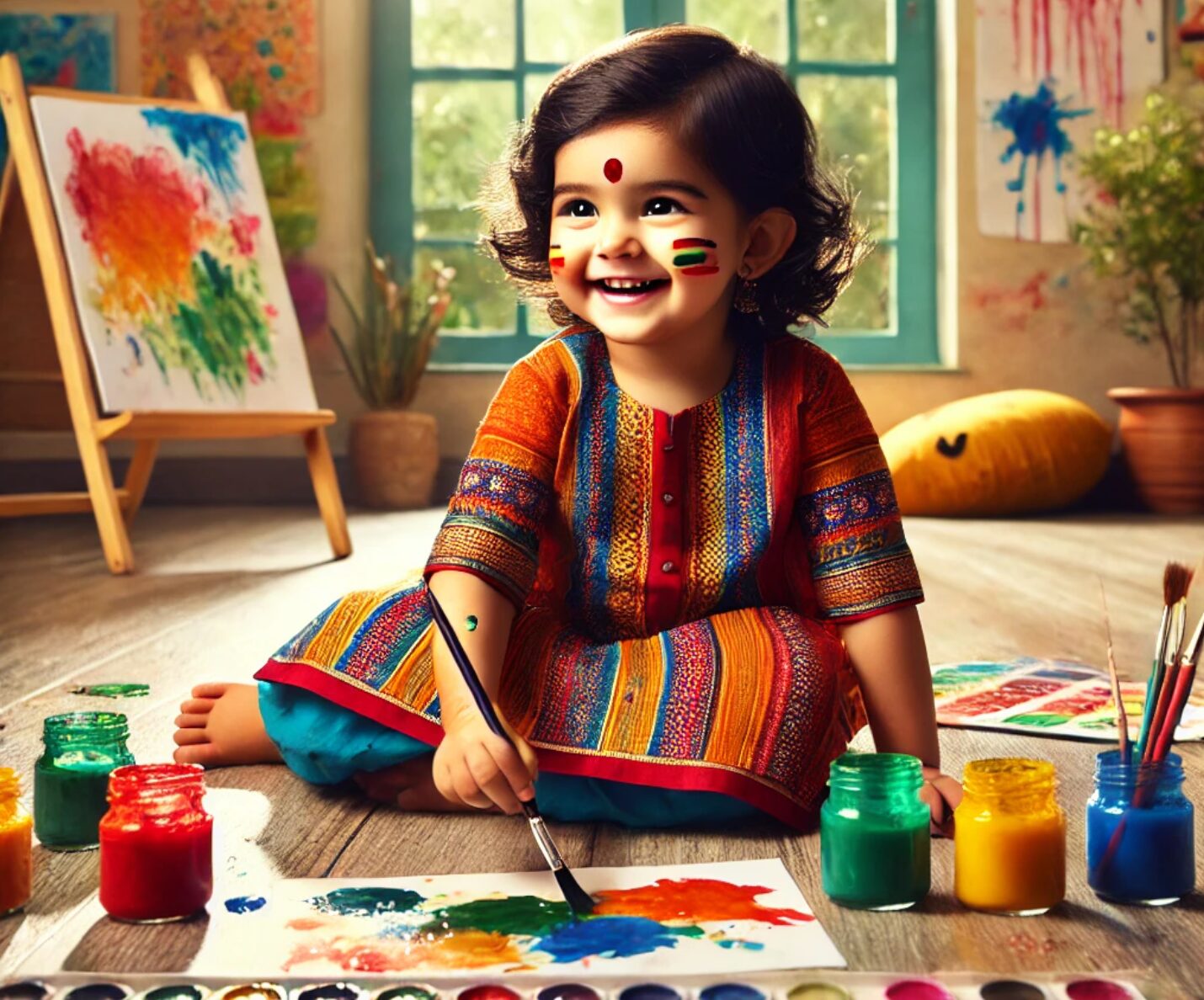Teaching your child color recognition is an important developmental milestone. It helps them enhance their cognitive skills, improve visual perception, and understand the world better. But when should you start, and what methods or toys should you use? Here’s a guide for parents looking to teach their children about colors effectively.
When to Start Teaching Color Recognition
Color recognition usually begins around 18 months to 2 years of age, as children start noticing and identifying colors in their environment. By 3 years old, most children can name primary colors like red, blue, and yellow. However, every child develops at their own pace, so patience and encouragement are key.
How to Teach Color Recognition
Here are practical tips to help your child learn colors:
1. Start with Basic Colors
Introduce primary colors (red, blue, yellow) first, as they are easiest to identify. Gradually move to secondary colors (green, orange, purple) and shades.
2. Name Colors in Everyday Life
Incorporate colors into your daily routine. For example, say, “Look at the red apple” or “Your blue shirt looks nice.”
3. Use Repetition
Repeat the names of colors often to reinforce learning. Consistent exposure helps children memorize and recognize colors.
4. Play Color Sorting Games
Encourage your child to sort toys, blocks, or objects by color. This activity builds both color recognition and fine motor skills.
5. Read Colorful Books
Picture books with vibrant illustrations are a great way to introduce colors. Engage your child by asking, “What color is this?”
6. Sing Color Songs
Songs and rhymes like “I Can Sing a Rainbow” make learning colors fun and memorable.
Best Toys for Color Recognition
Here are some toys that can make learning colors enjoyable:
1. Stacking and Sorting Toys
• Examples: Melissa & Doug Wooden Color Stacker and Fisher-Price Rock-a-Stack
• Benefits: These toys help children match colors while developing hand-eye coordination.
2. Color Flashcards
• Examples: Think Tank Scholar Color Flashcards
• Benefits: Flashcards with bright colors and simple images are ideal for early learning.
3. Building Blocks
• Examples: LEGO Duplo and Mega Bloks
• Benefits: Blocks in various colors encourage sorting, stacking, and imaginative play.
4. Color Puzzles
• Examples: Wooden Rainbow Puzzles and Shape and Color Matching Puzzles
• Benefits: Puzzles challenge your child to recognize and match colors.
5. Art Supplies
• Examples: Crayons, washable markers, finger paints
• Benefits: Art activities let children explore colors creatively.
6. Educational Games and Apps
• Examples: Color recognition apps like “Baby’s Musical Hands” or physical games like “Color Bingo”
• Benefits: These combine learning with interactive fun.
7. Shape and Color Toys
• Examples: Fisher-Price Laugh & Learn Smart Stages Chair, Shape Sorters
• Benefits: These toys teach colors along with shapes and patterns.
Tips for Parents
• Be Patient: Learning colors takes time, so avoid pressuring your child.
• Praise Efforts: Celebrate even small achievements to boost their confidence.
• Limit Overwhelm: Avoid introducing too many colors at once. Focus on a few until your child masters them.
• Make It Fun: Children learn best when they are having fun, so turn color recognition into playful moments.
Color recognition is a foundational skill that supports your child’s overall development. Starting between 18 months and 2 years is ideal, but it’s never too early to expose your child to vibrant colors. Use interactive toys, books, and daily activities to make the learning process engaging and enjoyable. With consistent practice and the right tools, your child will soon master the world of colors!






